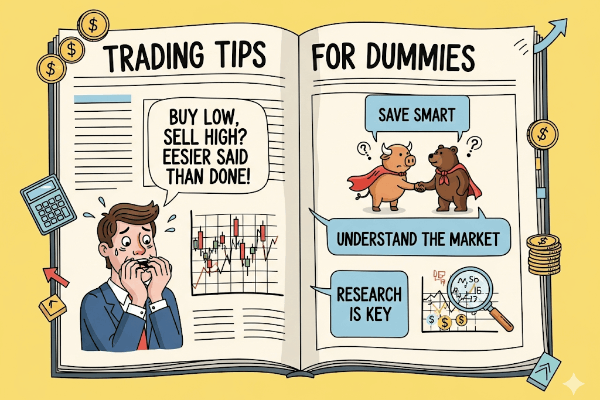The journey into trading is exciting, but it's also filled with potential pitfalls. While making mistakes is a natural part of learning, avoiding the most common ones can significantly accelerate your progress and, more importantly, protect your capital. Here are the five most common mistakes beginner traders make and how you can avoid them on your Quotex journey.
1. Trading Without a Plan
Jumping into the market without a clear strategy is like sailing without a map. Many beginners place trades based on gut feelings or random tips, leading to inconsistent results and significant losses. A trading plan defines your strategy, including your entry and exit points, risk tolerance, and money management rules.
How to Avoid It: Before you trade, define your rules. What conditions must be met for you to enter a trade? At what point will you take profit? Where will you place your stop-loss? Write it down and, most importantly, stick to it.
2. Risking Too Much Capital
One of the fastest ways to blow up a trading account is by risking too much on a single trade. Beginners often get excited by the potential for high returns and go "all-in," only to see their entire balance wiped out by one bad move. Effective risk management is the cornerstone of a long-term trading career.
How to Avoid It: Follow the 1-2% rule: never risk more than 1-2% of your total account balance on a single trade. This ensures that you can withstand a series of losses without depleting your capital. The best place to master this is on a risk-free environment like the Quotex demo account.
3. Emotional Trading (FOMO & Revenge)
The two biggest emotional traps are Fear of Missing Out (FOMO) and revenge trading. FOMO causes you to jump into a trade late because you see the price moving without you. Revenge trading is when you try to immediately win back money after a loss, often by making bigger, riskier trades.
How to Avoid It: Acknowledge that you will never catch every market move. Stick to your trading plan and wait for your specific setups. If you suffer a loss, step away from the charts for a while. A clear mind makes better decisions.
4. Neglecting to Use a Stop-Loss
A stop-loss is an order that automatically closes your trade at a predetermined price to limit your potential loss. Many beginners fail to use them, hoping that a losing trade will eventually turn around. This hope is not a strategy and can lead to catastrophic losses.
How to Avoid It: Make it a non-negotiable rule: every single trade must have a stop-loss. Determine your stop-loss level before you enter the trade, based on your technical analysis, and do not move it further away if the trade goes against you.
5. Not Doing Your Own Research
The internet is full of "gurus" promising guaranteed profits. Blindly following signals from others without understanding the reasoning behind them is a recipe for disaster. You need to develop your own understanding of the market and strategies.
How to Avoid It: Take the time to learn. Educate yourself on the basics of technical and fundamental analysis. A good starting point is understanding core indicators. For example, you can learn a complete trading strategy using Moving Averages right here on our blog. The more you know, the more confident you'll become in your own trading decisions.
